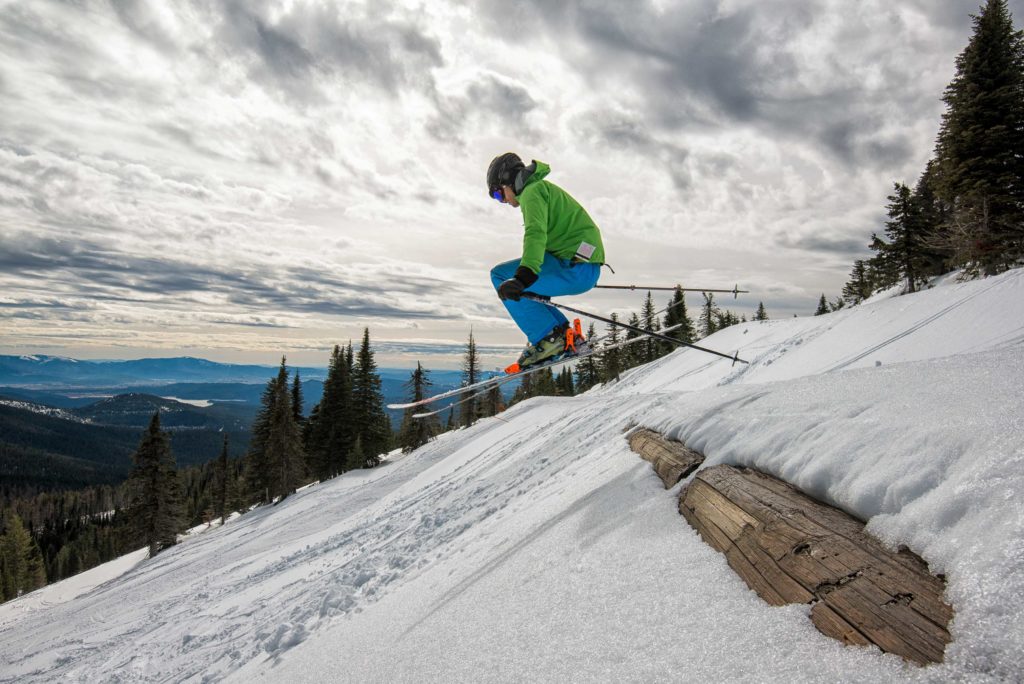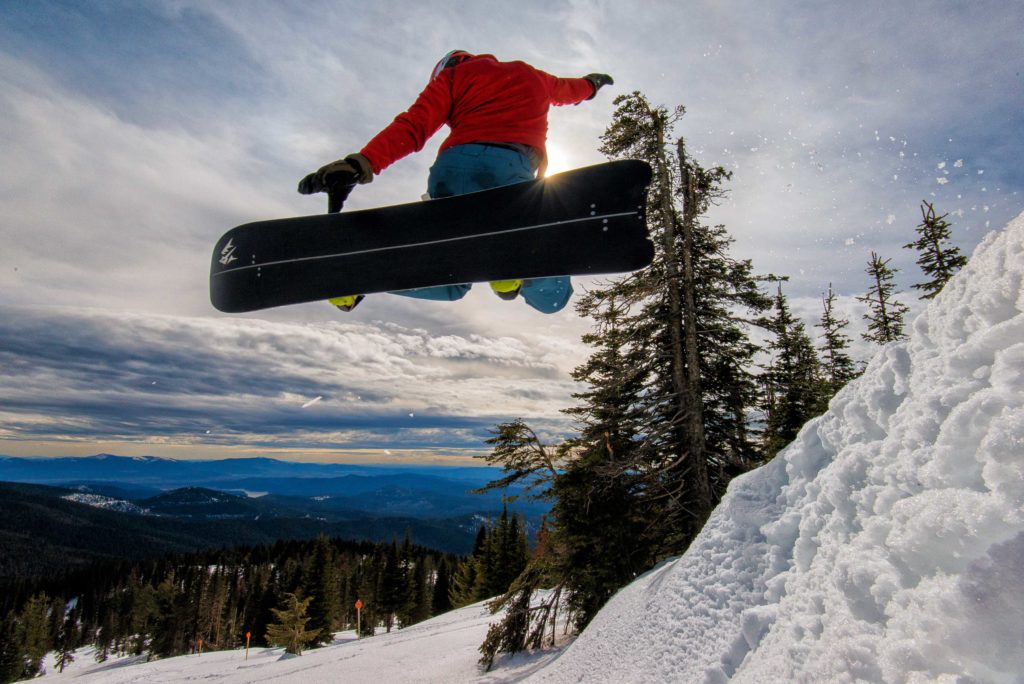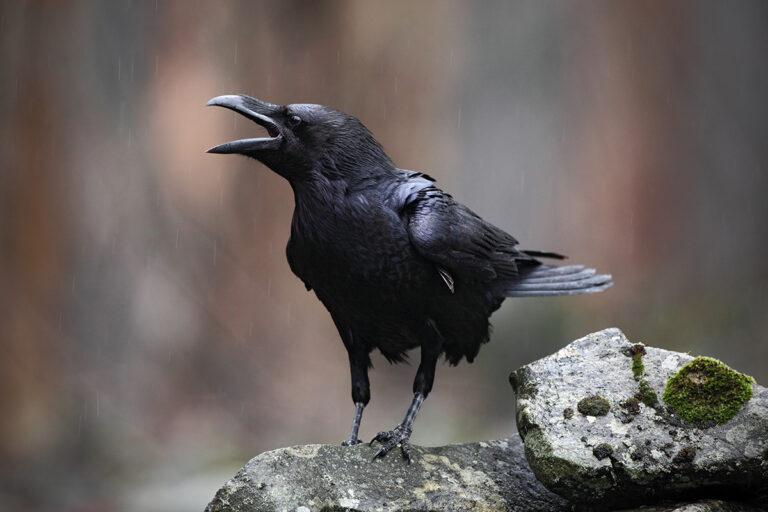“Challenging spring conditions include the rapid transition from slick snow to grabbing snow, which pushes the rider forward,” says John Batchelder, pro patrol director at Lookout Pass. “Proper stance and balance is a key to staying in control. Knee and shoulder injuries are common in this situation.”
Be mindful of the “freeze-thaw-freeze effect,” according to Mt. Spokane ski patrol director Eric Ewing. “In the morning the snow is typically firm and as the sun hits the snow, it softens and gets sticky. And as the sun goes down, the snow gets firm again. This is also true for areas in the shade.” When snow starts to melt, Ewing advises also being cautious of “underlying snow obstacles, like rocks, logs, and stumps.”

Lower extremity (knees and below) and clavicle or shoulder injuries are common on the slopes anytime, says Ewing. “Skiers can reduce risk by being prepared for the conditions—both physical fitness and maintaining equipment properly. Make sure your body is fueled. Have a good breakfast, don’t skip lunch, and make sure you drink lots of water.”
On bluebird days, sunburn and eye burn are also risks. “Folks often forget sunscreen and expose flesh that hasn’t seen the sun for a while, which burns easily,” says Batchelder. He recommends always wearing goggles, or at least sunglasses, to avoid eye injuries.













